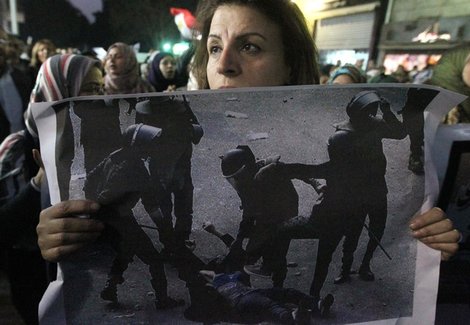The three suicide bombings on April 10 in Casablanca, and two more on April 14, not only called attention to Morocco’s rising terrorism problem, but also exposed one of the big paradoxes of Morocco’s political economy. The country’s depressing shantytowns, so characteristic of modern cities in developing countries, threaten to cut back the substantial tourism revenues generated by the country’s unique ancient Islamic cities, the medinas. What makes the paradox especially poignant is that the popularity of Islamic cities often depends on a carefully managed aura of mystery; whereas the mystery of the shantytowns and their fostering of terrorism scare off tourists, and with them crucial national income. Morocco’s tourism is booming and is assuming an increasingly important role in the economy. In 2006, 6.4 million visitors generated $5.3 billion in revenues, up from 5.8 million visitors and $4.6 billion in 2005. The country is on track to achieve its goal of 10 million visitors a year in 2010. Some tourists come to sit on the beaches of Agadir. However, more and more come to be enchanted by Morocco’s medieval medinas. This is no coincidence. Over the last century, the medinas have been consistently the most regulated environments in the country. As early as the 1920s, they were designated historic sites by the French colonial administration under the jurisdiction of the Department of Fine Arts and the Department of Tourism. Over subsequent decades, regulations proliferated regarding the medinas – what could be built in them, who could live in them, and what people did and were allowed to do in them. Tourism was always a top consideration. After a period in the 1960s during which the newly independent Morocco tried to modernize the medinas, the government recognized their tourist value and revived the French programs. The effort made moderate progress until 2000, when the government commissioned an American consulting firm to restructure the kingdom’s tourism sector. The firm recommended improving access to the medinas and making them safer, while at the same time maintaining their charming mystery. Now the medinas have their own police forces, tourist circuits have been laid out with color-coded plaques for tourists to follow as they walk through the cities’ twisting alleys, and unwanted populations have been relocated. The medinas may be ancient and mysterious to tourists, but to the Moroccan government they are closely managed and monitored. The shantytowns and slums, on the other hand, are the exact opposite. The result of rural migration to Morocco’s cities over the last three decades, they are a thoroughly modern phenomenon, and thoroughly unregulated. All recent terrorist incidents in Morocco have originated in the shantytowns outside of Casablanca, but they could just have easily originated in any other shantytown on the outskirts of a Moroccan city. The popular misconception is that Moroccan terrorism emanates from the shantytowns because their impoverished residents are frustrated with the government and are drawn into radical jihadist movements. However, it’s more likely this is because the shantytowns provide a safe haven for criminals and terrorists. Police avoid the shantytowns because they get lost in their tight alleys. Mailmen, tax collectors and water companies steer clear of them too. The state’s presence is minimal to non-existent. In that sense, Morocco’s shantytowns are analogous to the stateless areas elsewhere so closely watched by counterterrorism experts – places to which terrorists migrate in order to organize, train, and plan without interference from state authorities. Moroccan slums and shantytowns are localized urban versions of the tribal territories of northwest Pakistan or the wide empty swaths of the Sahara. This is not just a Moroccan phenomenon, though. The Imbaba slum in Cairo was a Gamaa Islamiyya haven in the 1980s; and the Brazilian government still struggles to contain organized crime in Rio de Janeiro’s favelas. Making things more complicated, the shantytowns’ populations tend to be fluid, with new residents coming and old ones going, but also with rural immigrants moving back and forth between the city and the countryside, depending on the rhythm of the harvests. The shantytown communities are looser than the fabric in established urban core areas and therefore provide easier cover for people trying to avoid being noticed. Morocco has identified the connection between terrorism and the shantytowns and it has adopted a praiseworthy approach for dealing with them. King Mohamed VI has declared his intention to rid his kingdom of shantytowns by 2010. In their place, the government will construct new housing projects for shantytown residents. The terrorists’ havens will be replaced with well-regulated and well-policed housing units. Morocco desperately needs tourism revenue to carry out its planned housing expansion, but tourism is skittish and revenues could quickly dissipate if the North African terrorism trend continues. The collapse of Egyptian tourism revenue in the 1990s was proof that a handful of high-profile attacks against tourism sites could have immediate and disastrous consequences. Morocco needs to get a grip on the truly mysterious shantytowns to ensure that the medinas’ manufactured mystery continues to generate much-needed revenue. Time is short and Morocco may have to cut back on other programs in order to protect future income. It’s a risky financial gambit, but one the kingdom may be compelled to take. Geoff D. Porteris an analyst on the Middle East and Africa at the Eurasia Group. He wrote this commentary for THE DAILY STAR.

